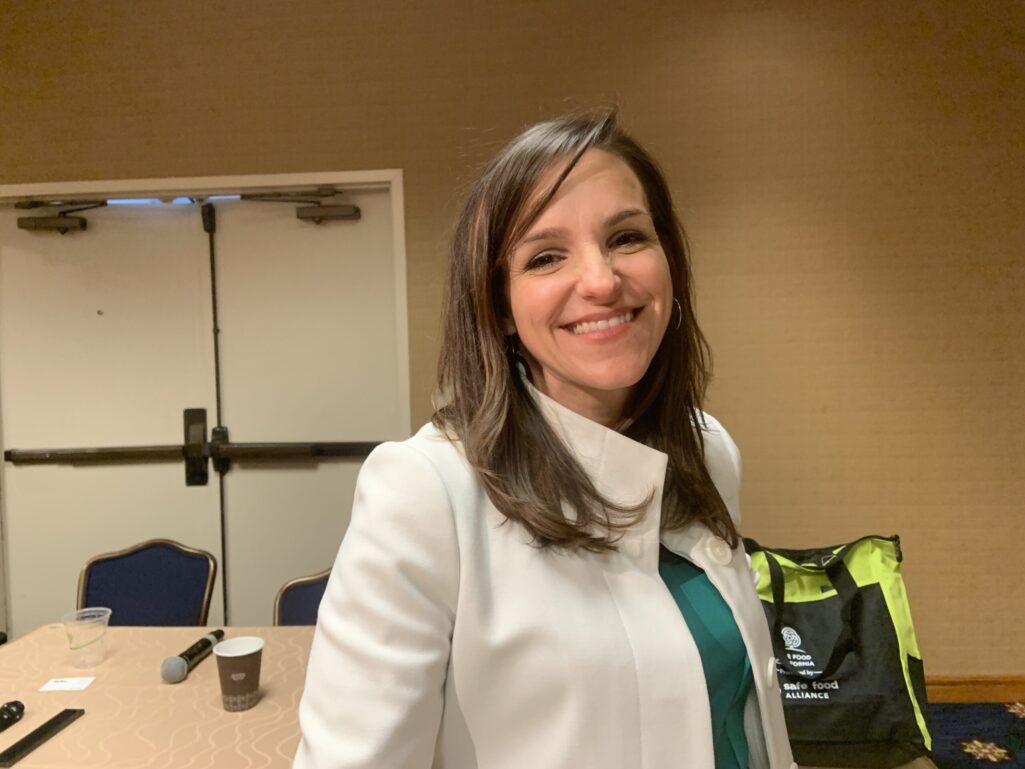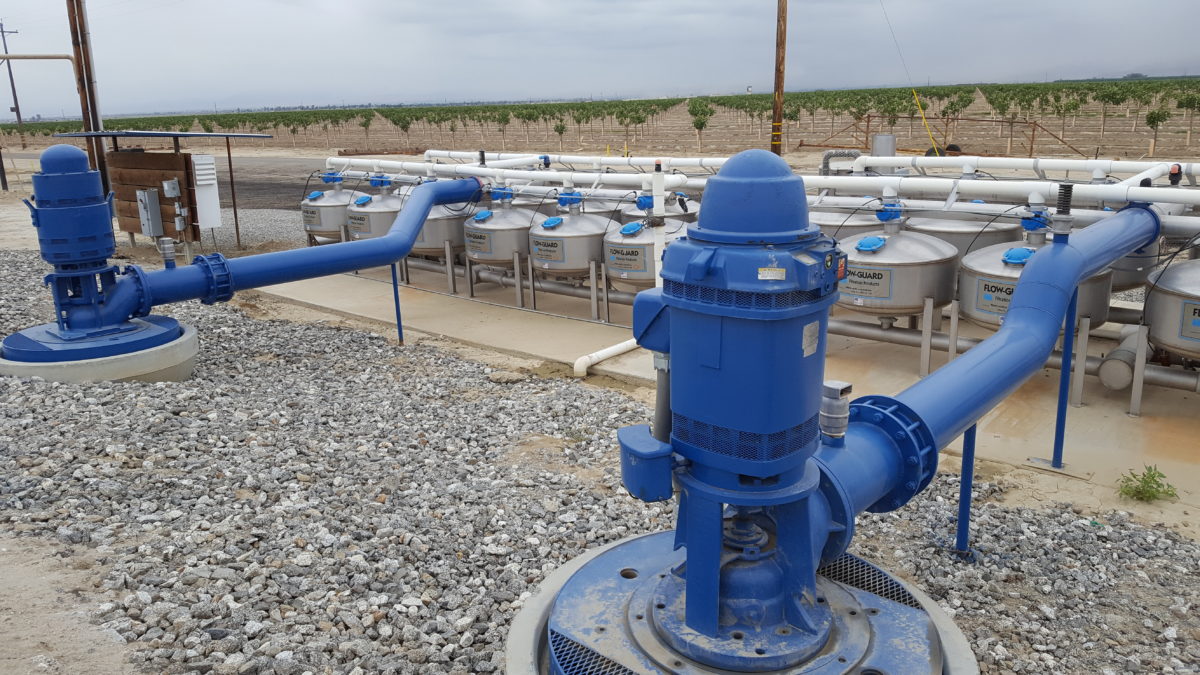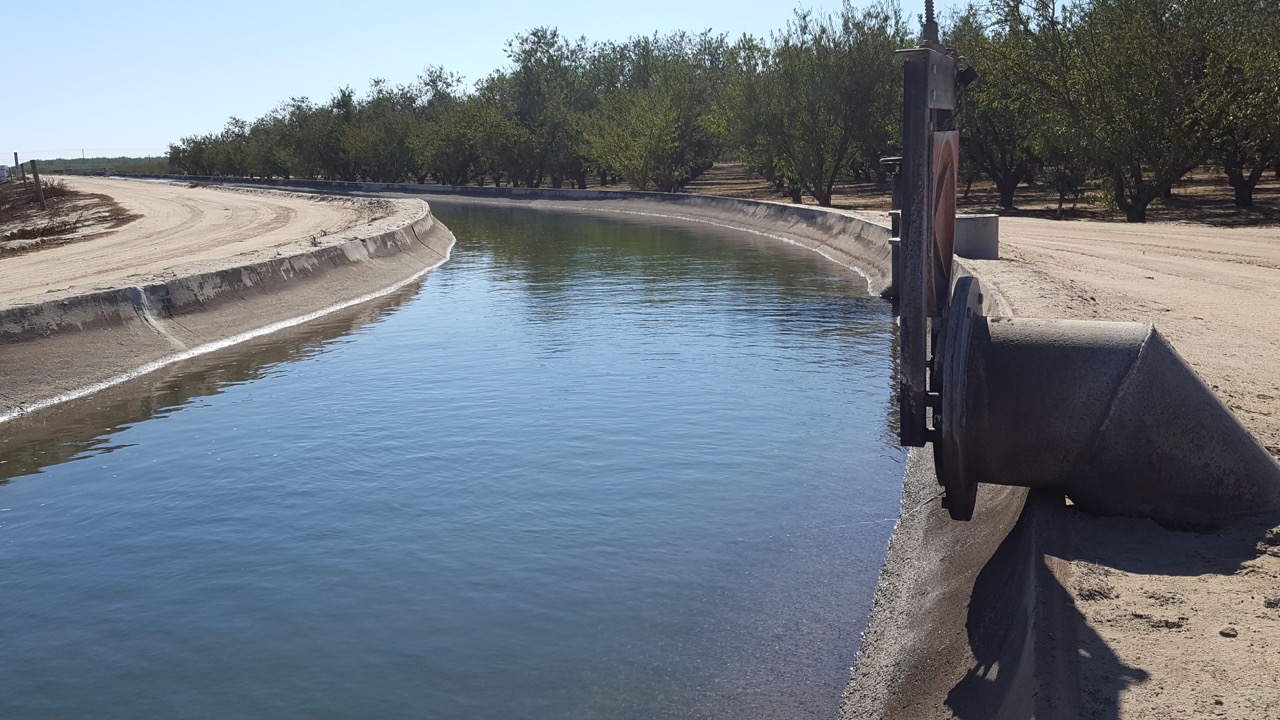Sacramento Ag Policy Update
By Tim Hammerich with the Ag Information Network
2020 has been an unexpected year for all of us. Now that we have started the last half of the year, what do we need to be watching from a policy perspective. That’s the question we asked Emily Rooney, the President of the Agricultural Council of California.
“When you look at the shift that the pandemic caused on the state legislature, there are two sort of surprises, I would say. One is on the climate front, the state passed a statewide cap-and-trade program,” said Rooney. “And now there is a state Senator that is trying to get a cap-and-tax program passed instead of the cap-and-trade program. And essentially that would be a double tax,”
“And so there would be a cap on emissions plus a tax on all of us for carbon. It would be a carbon tax of some sort. So that was a surprise. This gentleman thinks that there might be increased revenues, and that plays well for the state when it’s in a budget crisis. So that was a surprise,” she said
“And then the other issue that’s always been an issue for us are some of these labor issues. Right now, given the issue of the pandemic, the depth and number of those bills has drastically increased. So I would say those are probably the two big surprises,” she said.
Important issues to monitor closely in the last half of this year.




























